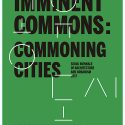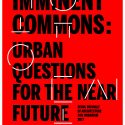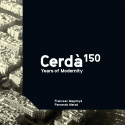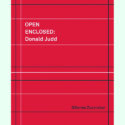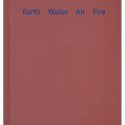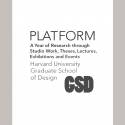Your Cart is empty
Imminent Commons: Commoning Cities
Seoul Biennale of Architecture and Urbanism 2017
Hyungmin Pai, Helen Hejung Choi
The third book from the Seoul Biennale 2017 explores the value and meaning of cities as commons, which is embedded and operate in various governance mechanisms of cities in the world.
Imminent Commons: Commoning Cities presents questions and answers concerning the current state and near future of cities of the world through the lens of public initiatives, projects, and urban narratives. Cities are searching for new possibilities that will help them survive and thrive within new systems of municipal governance. The strategies of cities with regard to rapid urbanization, scarcity of public resources, and privatization of commons will be examined through the diverse spectrum of focused projects. It also discusses the present and future of cities as commons in the 21st century through examining various ways the cities use to deliberate, operate, imagine and execute their policies for the city.
EBOOK EDITION

